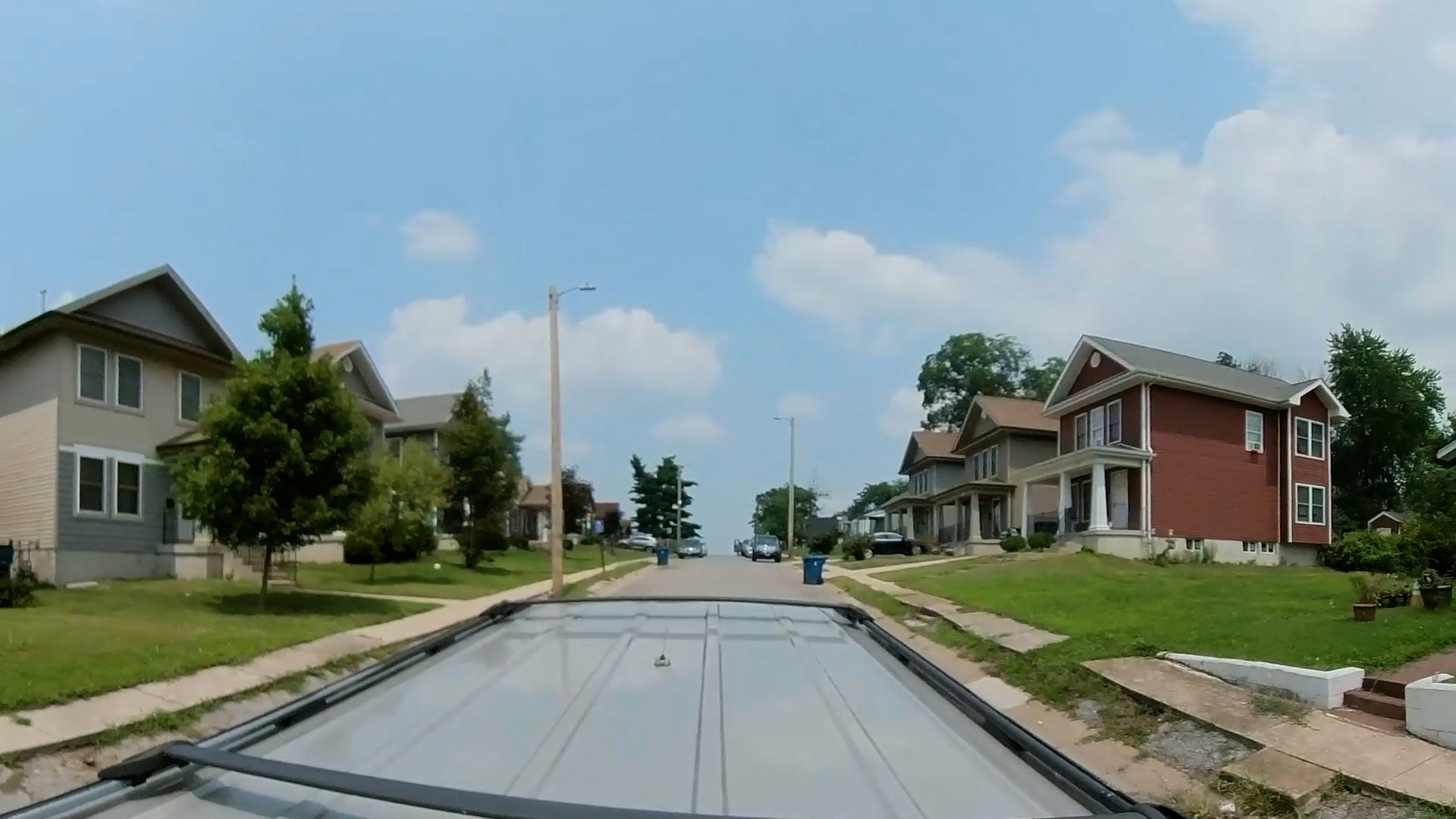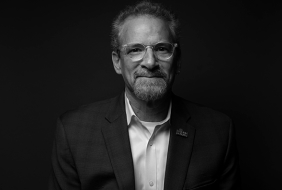Take a virtual tour with Chris Krehmeyer to learn more about Beyond Housing’s work.
For the last several months, I have been preaching from the book of regional self-interest about the need to invest in our collective future. I firmly believe in the truth that our region is only as strong as the communities within it, and that if we are going to change the trajectory of St. Louis we need to invest in the communities that have historically been left behind. It is going to take all of us to course correct and put us on the path to greater equity of opportunity to create greater prosperity for all of us. If you need a reminder of the message, please visit onceandforall.org. You can count on me to continue telling this important story.
To make the case, I have recounted metrics from dollars invested, houses built and rehabbed, services provided in the Normandy Schools Collaborative, health indices that need to be improved, and much more. I will continue to preach about these important data points that make it clear why investing in our under-resourced communities is the key to moving all of St. Louis forward.
Today, I want to take a more human approach. The approach that has driven me for my thirty years at Beyond Housing. On one of my daily walks recently, I was listening to a podcast and heard civil rights icon Vincent Harding in a 2014 interview talk about the biblical notion of “ears to hear and eyes to see.”
“For the hearts of this people have grown dull.
Their ears are hard of hearing,
And their eyes they have closed”
Much of my job today is to tell the Beyond Housing story and get people to jump in my car for a tour of the community that we have been serving for many years. I try to describe how we come to the work with humility and respect for those we serve, how we listen to the voice of the people who live here, how successful community development can only be achieved by addressing the many interrelated needs that must be met for communities to thrive, and the sense of urgency we feel each and every day.
I try to convey the community’s desire for all the things that successful and vibrant communities have. I try to affirm that historical, systemic racism has and is still causing much pain and suffering in many communities. I am trying to help them hear with greater clarity and depth or maybe heal their deafness. Finally, I am trying to get them to see what can be achieved and that, with their help, things really can change for the better.
When we then jump into my car to tour the community and our work, they will see beautiful new homes we have built that are not too far from homes that need to be torn down. They will see many improvements and signs of progress driven by the voice of the community—from new streets, sidewalks and curbs to a new park and playground.
They will see places with a housing stock that is well cared for that, if located in a different area, would have a much higher value. They will see an island of economic wonder sprung up where we have built a grocery store, senior living center, bank, movie theatre, healthcare provider, food hall and pub, arts venue, and an expanded family support center on the near horizon. I am trying to have them see more clearly who this community is and what more it can be with their help.
In that same podcast, Vincent Harding posed the question, “Is America still possible?” Meaning, can we really live up to the marvelous words of our many creeds that we espouse so often about liberty, justice, and freedom?
I am still hopeful enough to believe that the ideals of America are indeed still within our reach. We just need more people to see and hear the plight of their neighbors, see the power of possibility in our collective future, and care enough to help.
If you believe the same, please join us.


